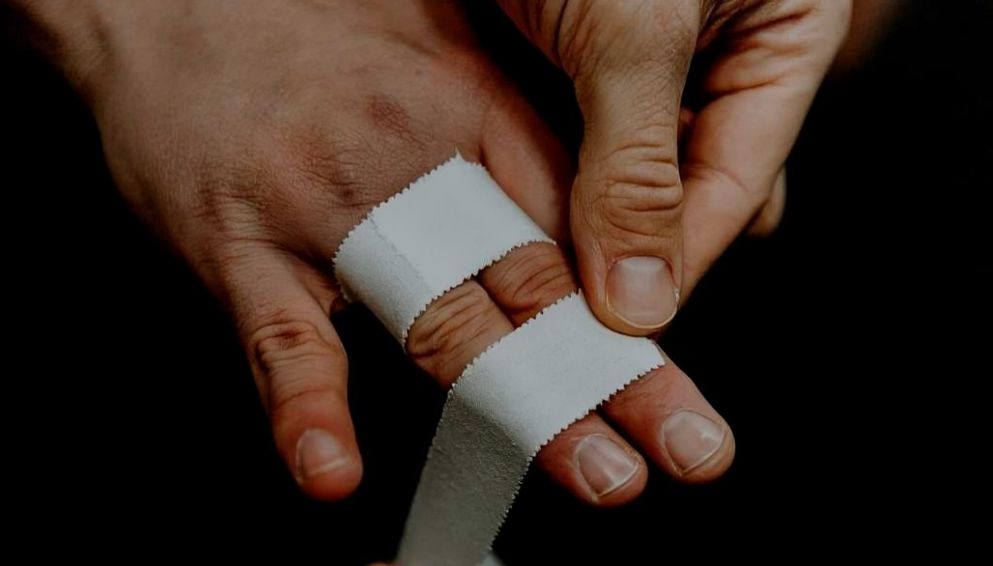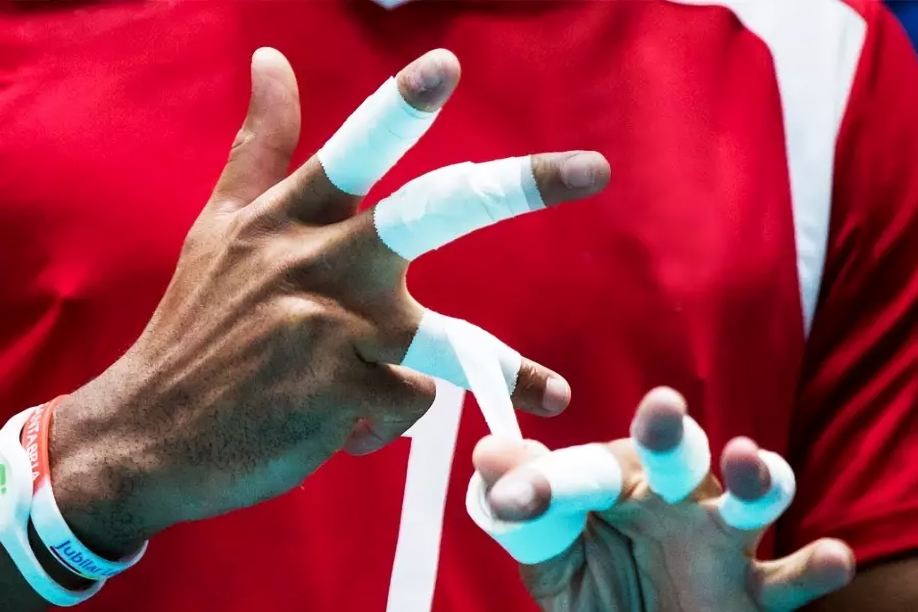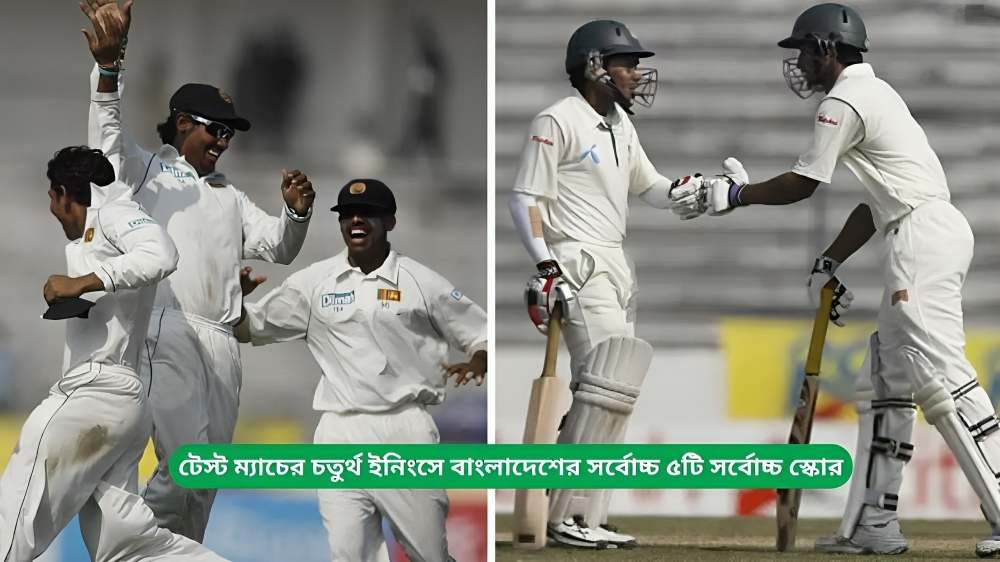Cricketers tape their fingers primarily for protection and support. Finger joints, especially for bowlers and fielders, are vulnerable to injuries from high-speed impacts with the ball. Tape provides cushioning and stabilizes joints, reducing the risk of sprains, fractures, and cuts. For spinners, taping also helps them grip the ball better, improving control. In addition, the tape can guard against abrasions and blisters that often develop after long periods of play, particularly in dry or abrasive conditions. By tapping their fingers, cricketers can maintain performance and protect against further damage, especially if they are recovering from previous injuries.
Cricketers often tape their fingers for several reasons beyond just basic protection:

- Preventing Joint Strain: Fast bowlers and wicketkeepers place immense pressure on their fingers, leading to potential strain. Taping around the joints helps stabilize them, reducing the chance of injuries from repetitive strain.
- Grip Improvement: For spin bowlers, finger tape can improve grip and ball control, especially when conditions are wet or sweaty. The added friction from the tape helps them maintain a firm hold, which is essential for spin accuracy.
- Managing Previous Injuries: Players recovering from previous finger injuries, like fractures or sprains, often tape their fingers as additional support to prevent re-injury. It allows them to continue playing without risking further damage to healing areas.
- Reducing Blisters and Cuts: Constant fielding and catching in cricket can lead to blisters, abrasions, and cuts. Taping creates a protective layer, preventing direct contact with the ball, especially during long periods of play on abrasive surfaces.
- Psychological Comfort: For some players, taping provides psychological reassurance and comfort, knowing their fingers have an added layer of support, especially when playing aggressively.

Overall, finger taping has become a common practice to protect, support, and optimize performance. It allows players to maintain peak levels of play while minimizing risks associated with cricket’s physical demands.
In addition to their primary benefits, cricketers tape their fingers for a few nuanced reasons as well:

- Enhanced Catching Ability: In close-catching positions like slips or in-field, tape on fingers can provide slight cushioning, improving the ability to absorb impact without causing discomfort. It helps players feel more confident taking high-speed catches that would otherwise strain unprotected fingers.
- Moisture Control: Taping can help reduce sweat from directly contacting the ball, especially in hot or humid conditions. By absorbing some of the moisture, the tape allows players to retain a consistent grip even when they’re sweating. This can be critical for spinners and fast bowlers alike, who rely on stable grip for control.
- Preventing Hyperextension: Fast bowlers put immense pressure on finger joints, which can sometimes lead to hyperextension injuries. Taping reinforces the joints, reducing the likelihood of fingers bending too far back when delivering a fast ball or in case of misfielding.
- Reducing Sensitivity: Repeated impact and friction on the fingers can cause calluses and sore spots. Over time, these can become painful or lead to skin splits. Tape acts as a buffer, reducing direct impact on sensitive areas and minimizing pain or injury from repeated contact with the ball.
- Temperature Regulation: For cricketers playing in colder climates, taped fingers offer a small layer of insulation, helping to keep joints warmer and thus more flexible. Cold fingers can stiffen, reducing flexibility and control over the ball. Taping can maintain warmth and flexibility, improving performance.
Finger taping is a practical tool that benefits cricketers across all skill levels, offering both physical protection and functional advantages that support various techniques and strategies on the field.













